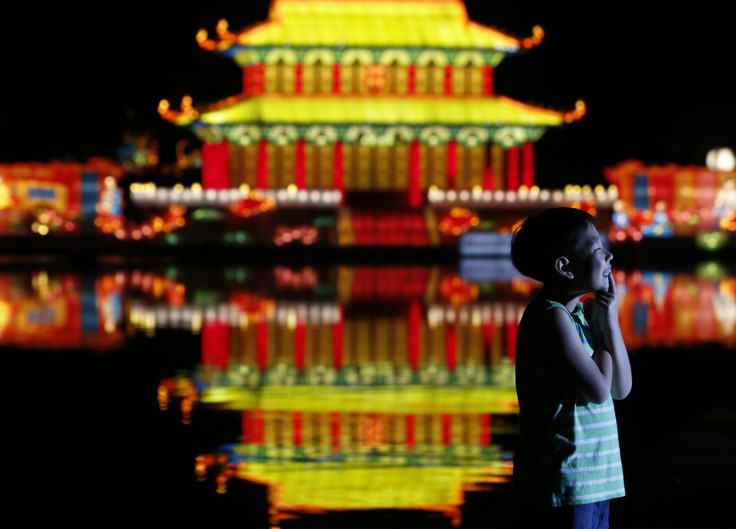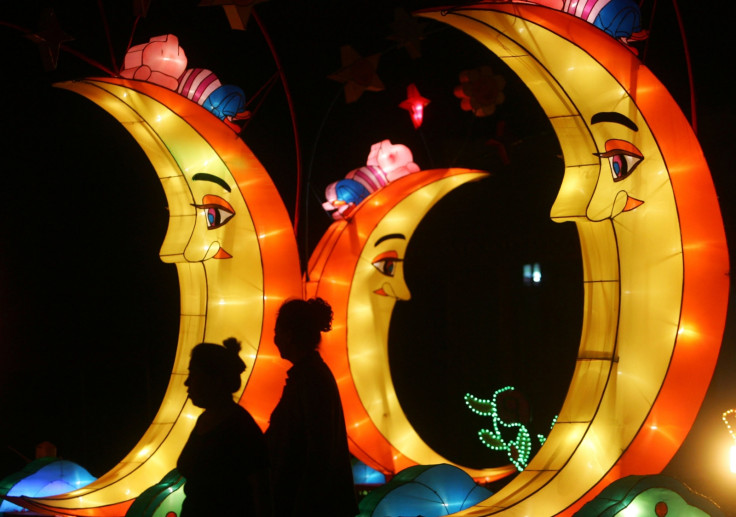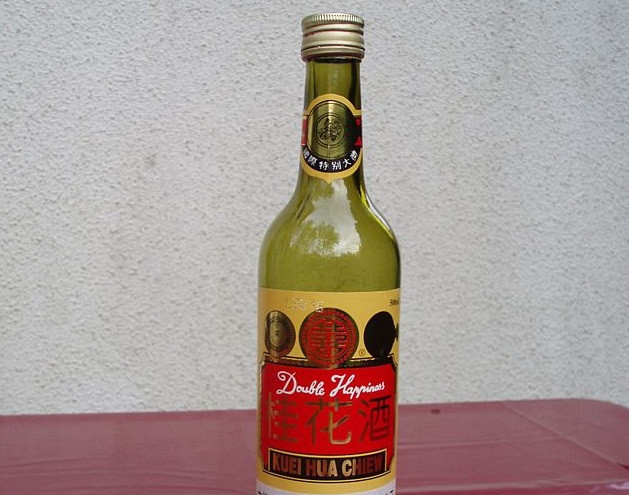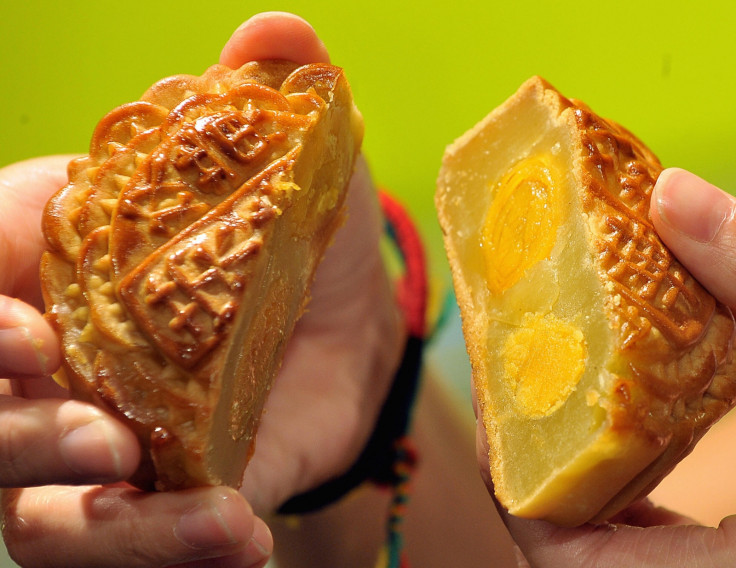Mid-Autumn Festival 2014: Interesting Facts About the Chinese Mooncake Holiday

Today marks the annual Mid-Autumn Festival, celebrated by Chinese communities all over the world.
Taking place on the 15th day of the eighth month in the Chinese calendar, it is the second most important festival to the Chinese after the New Year.
The celebration dates back over 3,000 years to the Shang Dynasty (1600 to 1046 BC), when emperors worshipped the moon in the fall because they thought it would lead to a bountiful harvest.
Moon worship

Moon worship took the form of sacrifices to the lunar goddess in the succeeding Western Zhou Dynasty (1045 to 770 BC) and the practice has continued to the modern day. Offerings are also made to a deity called Chang'e, known as the Moon Goddess of Immortality.
Mooncakes

Making, sharing and eating Chinese pastries called mooncakes are a tradition of the festival. In Chinese culture, a round shape symbolises completeness, and sharing the mooncakes signifies the unity of families. A rich thick filling is usually made from red bean or lotus seed paste, but they can also contain fruit, chocolate or savoury foods.
Lanterns

The day is celebrated by lighting and display lanterns. In Vietnam, children participate in parades with lanterns of various forms and colours, and one tradition is to write riddles on the lanterns and have others guess the answers.
Traditional foods

Other foods include lotus roots, which symbolise peace, and watermelons cut in the shape of lotus petals. Cassia wine is the traditional choice for the "reunion wine" drunk on the occasion. In Vietnam, cakes and fruits are elaborately prepared as food displays and animals are created out of glutinous rice flour and rice paste.
Romance

The Mid-Autumn moon has traditionally been a choice occasion to celebrate marriages, and in some parts of China, dances are held for young men and women to find partners.
Mongol rule

Messages smuggled in mooncakes were used to facilitate the overthrow of Mongol rule, according to folklore. Mooncakes were used as a medium by the Ming revolutionaries in their espionage effort to secretly distribute letters in order to overthrow the Mongolian rulers of China in the Yuan dynasty.
Not always a full moon

The Mid-Autumn Festival does not always occur during a full moon, contrary to popular belief, but the full moon will likely occur within two days of the festival.
© Copyright IBTimes 2025. All rights reserved.



















